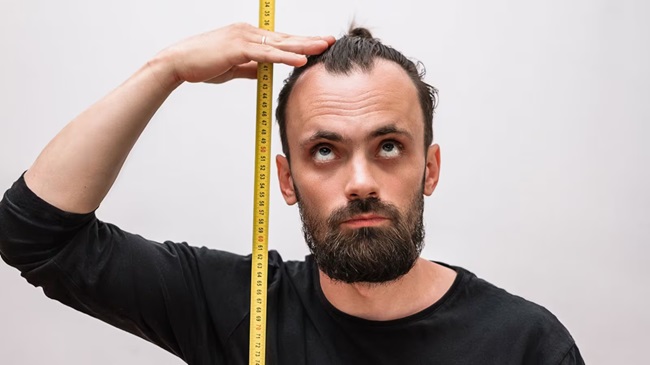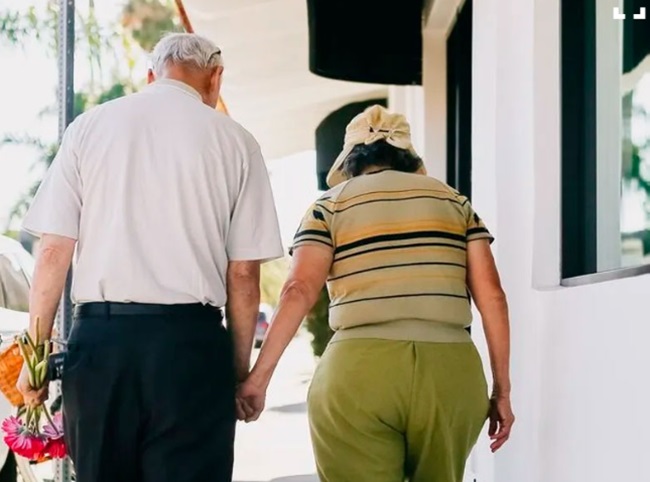Older… and Shorter
especiales

To the iconic song by the Cuban troubadour “Años”, where Pablo Milanés reminds us that “time goes by, we are getting older”, we should now add that we’re also getting shorter.
At least this is what has been scientifically confirmed by research carried out by the Baltimore Longitudinal Study of Aging (BLSA) group, which, headed by the National Institute of Aging (NIA) of the United States, followed 2,084 people (aged 17 to 94) for 35 years.

The study, whose results were widely multiplied in cyberspace, confirmed that humans begin to lose height from the age of 30 and “shrink” more as the calendars become more complete.
Men lose less height than women. Between ages 30-70, men lose three centimeters of their height, and women, five. Consequently, by the time they reach 80, men have decreased by five centimeters and women by eight, according to the aforementioned research.
Why do we “shrink”?
They say that height of a human being “is measured from head to sky,” referring to their moral qualities; but height goes from the feet to the head, and that decreases without remedy.
Our size shrinks as a natural process of aging that results from the loss of bone mass. The latter, associated with the loss of muscle mass, sometimes leads to incorrect postures that include hunched backs (hyperkyphosis).

But it does not happen in a similar way in all cases. This depends, among other factors, on our genes, nutrition and physical activity that we’ve had during the course of our life.
However, it’s usual that around the fourth or fifth decade of life we begin to gradually lose bone mass. This phenomenon, together with osteoporosis, sarcopenia (loss of muscle mass and strength) and also problems with the intervertebral discs, can cause us to become hunched over and lose centimeters from our height.
Eppur si muove
Although aging is inevitable, it should not be seen as a disease. The way in which the body and mind deal with the passing of the calendar largely determines the quality of life in old age.
As the saying goes, “save it for a rainy day,” that is, the more or less healthy way in which our existence unfolds determines what old age will be like.

Therefore, to slow down processes such as those described above and to ensure that this loss of height is not accompanied by other damages, specialists recommend a good diet and the systematic practice of physical activity.
Doing exercises regularly, according to age, can slow down the loss of bone density, contribute to the neuromuscular system, thus help maintain an upright position.

However, scientists from the University of Sydney, Australia, after analyzing the lifestyle and health habits of centenarians and people between ages 95-99, throughout the world, revealed that, although genetics contribute to longevity, 60% of successful aging is in the hands of factors that are modifiable.
These scholars say that there are four key factors to achieve extreme longevity: eating a varied diet with controlled salt consumption, less medication consumption, sleeping well, and surrounding yourself with a healthy living environment, preferably in contact with nature, avoiding smoking, drinking alcohol, staying physically active and preserving social relationships.

Translated by Amilkal Labañino / CubaSí Translation Staff














Add new comment